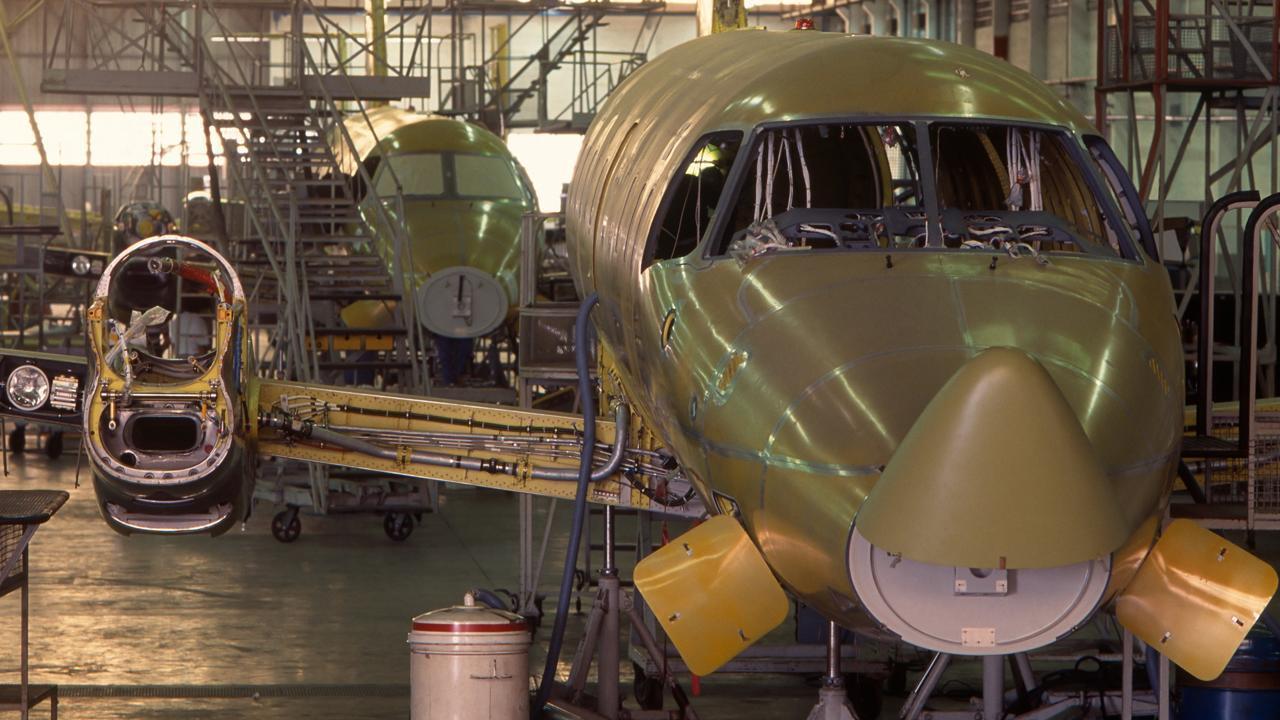
Post by : Amit
A Strategic Shake-up of France’s Aerospace Backbone
Safran Group has unveiled its “Vision 2027 Supply Core”—a sweeping strategy aimed at transforming its Tier 2 and Tier 3 supplier networks in France. At the heart of this initiative lies the intent to create a more digitally intelligent, vertically integrated, and operationally resilient supply chain, built to meet the demands of next-generation propulsion systems and air mobility platforms.
The announcement came today from Safran’s Paris headquarters and is already generating strong ripples across Europe’s aviation ecosystem. With over 150 SME suppliers expected to be impacted, the restructuring plan will consolidate operations, streamline logistics, and enhance the group’s agility in responding to global shocks and future innovation cycles.
From Fragmented to Future-Ready
France’s aerospace manufacturing has long relied on a dispersed web of specialized, smaller vendors, many of which handle niche manufacturing of components like castings, forged parts, embedded control units, and high-temperature ceramics. While this decentralized model once offered flexibility, it has become increasingly strained under the weight of modern expectations—AI-driven forecasting, sustainability compliance, and software-defined architecture integration.
Safran’s new strategy seeks to reverse this trend by forming what it calls "supply pillars"—regionalized, tiered nodes composed of a select group of highly qualified suppliers who will take over larger shares of component responsibilities, backed by digital twin systems and predictive analytics. The first supply pillar prototype is being tested in Occitanie, where advanced aerospace clusters already exist.
“We’re no longer sourcing parts; we’re sourcing intelligence and ecosystem trust,”
—Marc Delcroix, Chief Technical Officer, Safran
AI, SDVs, and the Push Toward Agile Aerospace
One of the key drivers behind this shift is the rise of software-defined vehicles (SDVs) and smart aircraft technologies. Safran is currently collaborating with Airbus on AI-assisted engine diagnostics and real-time system health monitoring. These demands require an entirely new form of supplier collaboration—one that is data-centric and real-time responsive.
Traditional Tier 2/3 players, often lacking the IT architecture or capital investment capabilities, are now being encouraged—and in some cases pressured—to merge, modernize, or exit. The French government, alongside Bpifrance, is co-developing a €500 million support fund to help these companies transition toward digital compliance, IoT enablement, and sustainability certifications under EASA’s 2026 Green Mandate.
“It’s not just a reorganization; it’s a transformation of industrial DNA,”
—Claire Renard, Industrial Policy Head, Ministry of Industry
A Broader European Echo
Safran’s initiative echoes similar moves by other European aerospace giants. Airbus recently trimmed its low-tier supplier base by 22%, focusing instead on vertically integrated digital nodes. Thales, meanwhile, announced a vendor certification overhaul, prioritizing cyber-secure component partners.
Industry analysts see Safran’s announcement not in isolation but as part of a continent-wide recalibration of aerospace supply economics. As EU regulations tighten around emissions, circular materials, and defense dual-use compliance, larger OEMs are now acting as architects of the entire manufacturing ecosystem, not just buyers.
“We’re witnessing the rise of what I call the ‘OEM-as-Conductor’ model—where top-tier players orchestrate entire supply networks like symphonies, balancing cost, resilience, data, and innovation,”
—Luc Moreau, Senior Analyst, Roland Berger, Toulouse
Winners and Losers in the Tier 2/3 Shake-Up
While the strategic vision looks promising, it brings real uncertainty for many smaller businesses that have traditionally operated in narrowly defined technical domains. These companies, although technically competent, often lack resources to scale or integrate advanced data systems. The requirement to achieve AI-readiness, EDI compliance, and embedded diagnostics capability poses both opportunity and existential risk.
Safran has reportedly identified 48 strategic suppliers to receive direct investment, technology transfer, and training over the next 18 months. These suppliers span fields such as heat-resistant alloys, embedded system prototyping, sensor integration, and composite substructures.
On the other hand, nearly 60 suppliers are expected to either be phased out or absorbed through market consolidation. Industry insiders say acquisition activity is likely to accelerate, with mid-sized Tier 1s like Figeac Aero, Mecachrome, and Latécoère poised to become aggregators of legacy Tier 2 talent.
Policy and Workforce Dimensions
This transformation is not just technical—it carries deep workforce and policy implications. The French labor ministry has flagged concerns about job displacement in rural manufacturing zones. In response, a re-skilling initiative for over 3,500 technicians and line engineers will be launched, focusing on robotic assembly, digital machining, and aerospace system simulation.
Furthermore, France’s Direction Générale de l'Aviation Civile (DGAC) is working closely with Safran to ensure that consolidated supplier networks still uphold the safety, certification, and traceability standards the industry demands.
Meanwhile, labor unions are calling for a social impact audit, worried that forced mergers may weaken regional industrial identities and dilute artisanal knowledge that has defined certain aerospace hubs like Pays de la Loire and Nouvelle-Aquitaine.
Global Supply Chain Impacts
Safran’s move also has global implications. The firm sources critical engine components and system modules from outside the EU, including Malaysia, India, and Canada. As it pushes more core component work back into a fortified European supply model, some overseas suppliers may face reduced order volumes or be forced into tech-transfer agreements to remain in the loop.
U.S. Tier 1s like Honeywell and GE Aerospace are watching closely, as similar Tier 2/3 consolidation could impact transatlantic component flows, especially in LEAP engine joint ventures and avionics integration.
“France is now the testbed for how agile an aerospace supply chain can become under pressure,”
—Sophie Beaudoin, Global Supply Chain Director, AeroMeta Group
A Playbook for Europe?
Safran has committed to releasing a public midterm roadmap in Q1 2026 that will outline consolidation targets, supplier audit criteria, and cross-functional KPIs. This roadmap will also define how cybersecurity, sustainability, and additive manufacturing will be embedded into every link of the Tier 2/3 chain.
A Supply Chain Innovation Lab, co-funded by Bpifrance, will be opened in Toulouse this October. It aims to serve as a sandbox for pilot projects in digital twin integration, traceability via blockchain, and predictive maintenance analytics across supplier networks.
European governments are taking notes. Already, Germany’s MTU Aero Engines and Italy’s Leonardo are rumored to be crafting their own supplier restructuring frameworks inspired by Safran’s model. EU officials have hinted that funding windows under Horizon Europe and EU Industrial Resilience Act may soon prioritize supply chain reinforcement efforts.
A Defining Moment for French Manufacturing
As global aerospace pivots toward intelligent, software-defined, and green-aligned systems, the foundations that keep planes flying—the components built far from the spotlight—are undergoing a profound transformation. Safran’s bold move to consolidate and upgrade its Tier 2 and 3 supply base is not just a corporate maneuver. It is a national and continental strategy to ensure that France—and by extension Europe—remains at the forefront of aviation innovation.
The winners in this new era will be those who can build faster, think smarter, and collaborate deeper. For France’s vast aerospace underlayer, the race to remain relevant has just begun—and this time, the future is being built from the supply base up.
Safran, Supplier Network in France
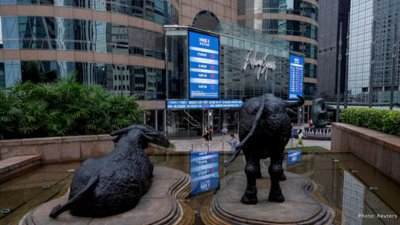
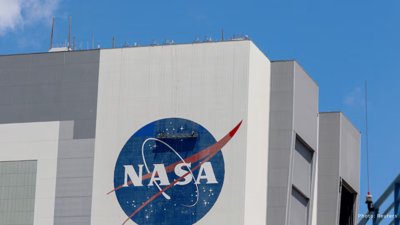





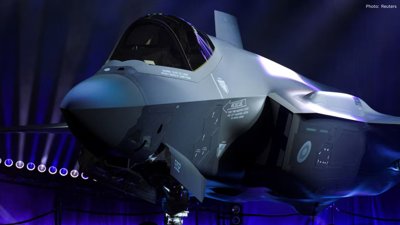
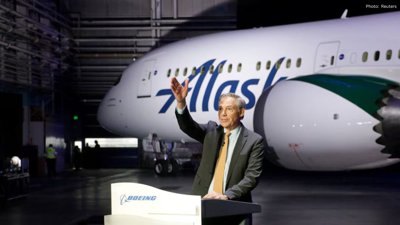
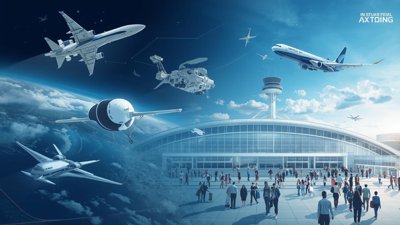
Advances in Aerospace Technology and Commercial Aviation Recovery
Insights into breakthrough aerospace technologies and commercial aviation’s recovery amid 2025 chall
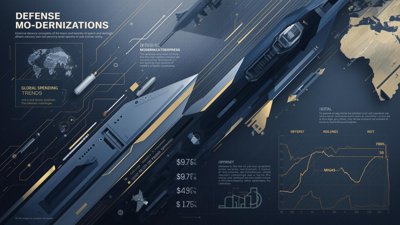
Defense Modernization and Strategic Spending Trends
Explore key trends in global defense modernization and strategic military spending shaping 2025 secu

Tens of Thousands Protest in Serbia on Anniversary of Deadly Roof Collapse
Tens of thousands in Novi Sad mark a year since a deadly station roof collapse that killed 16, prote
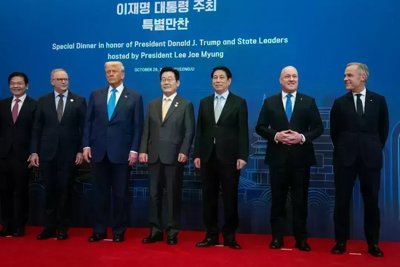
Canada PM Carney Apologizes to Trump Over Controversial Reagan Anti-Tariff Ad
Canadian PM Mark Carney apologized to President Trump over an Ontario anti-tariff ad quoting Reagan,

The ad that stirred a hornets nest, and made Canadian PM Carney say sorry to Trump
Canadian PM Mark Carney apologizes to US President Trump after a tariff-related ad causes diplomatic

Bengaluru-Mumbai Superfast Train Approved After 30-Year Wait
Railways approves new superfast train connecting Bengaluru and Mumbai, ending a 30-year demand, easi